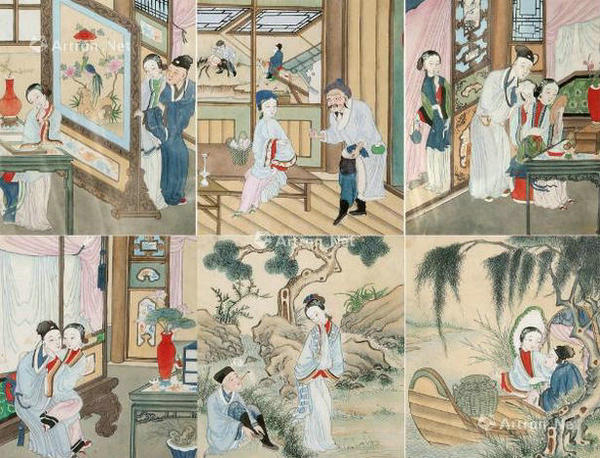
Books and magazines
The burying operation is to compose a proper number of single cards into a plate, and the operation after printing should be taken into account in the operation. In particular, for book books that need to be mounted, the page numbers are correct after the pages have been printed or folded. Therefore, the relationship between the layout of one edition and the other must be noted before the printing:
1 The nature of the print: single-sided or bottom-side prints, single pages, scattered sheets or books and so on.
2 Impression methods of printed parts: thread-mounted, iron-lined (pinnail, saddle-stitched), loose-leaf, and hardcover.
Most books are taller than they are. We call this a portrait page, and a page with a width greater than the height is called a landscape page. After a book is printed, it needs to be folded into the required size by several large pieces of paper, and then it is nailed down along the number. A page folded from large paper is called a poster. These are the matters that should be paid attention to before the prepress burying work.
Printing method
1Single side: Only one side of a printing paper is printed. It is called a single-sided printing.
2 Sheet work: After printing on one side of a printing paper, another printing plate is printed on the back side, that is, the printing is applied on two printing plates.
3 Work & turn: General Hong Kong is a printing method called “reflexive version”. A printed version of the paper on both sides of the bottom surface of the paper is arranged in a printing plate, that is, one half of the plate is lined with a half-printed version of the printed side of the paper, and the other half is a printed version of the back side of the half-printed paper; After printing on one side of the paper using the same printing plate, the paper is then turned sideways, and the “edge” of the same long side of the paper is printed on the back of the paper. After two printing processes, the paper is cut in the middle of the paper. Open for two, and get two finished identical prints.
Work & tumble: After the same plate is printed on one side of the paper, the paper is then flipped over and printed on the back of the paper, with the other long side of the paper as the "bite edge". Commonly referred to as "fighting bucket", but this method has been very rarely used.
Reprinted from: China print



